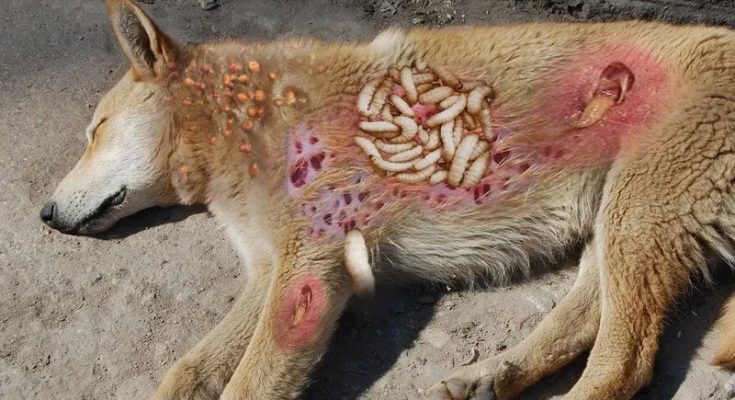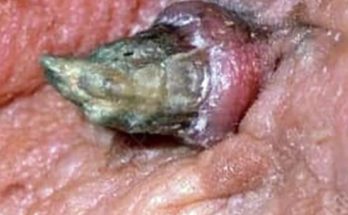Mango worms, also known as “mango fly larvae,” are typically associated with a specific species of fly called the Cordylobia anthropophaga. These larvae can infect dogs and other mammals in certain regions, especially in parts of Africa.
Dogs typically get mango worm infestations through exposure to environments where the mango fly deposits its eggs. Here’s how the process generally works:
- Egg Laying: The female mango fly lays her eggs in the soil, often in areas where dogs are commonly found, or in places where animals may urinate or defecate, as these areas can attract the flies.
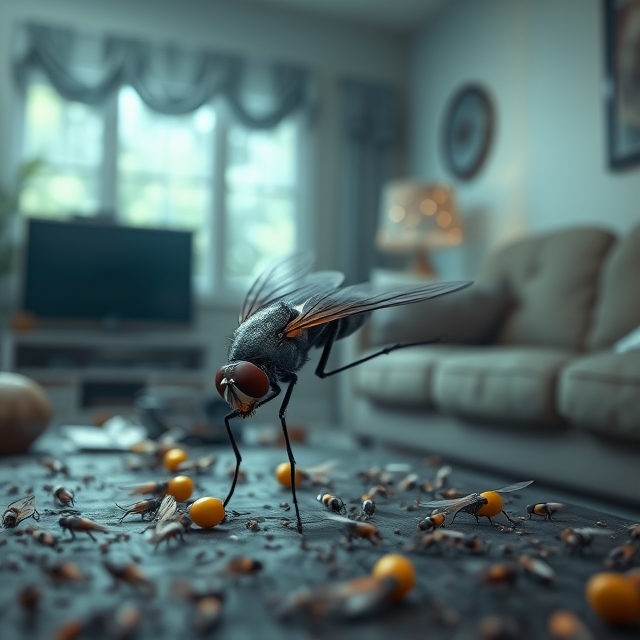 The female mango fly lays her eggs in dirty place./Source: DeepAI
The female mango fly lays her eggs in dirty place./Source: DeepAI
2. Egg Hatching: The eggs hatch into larvae when exposed to warmth or moisture, usually within a few hours to a few days.
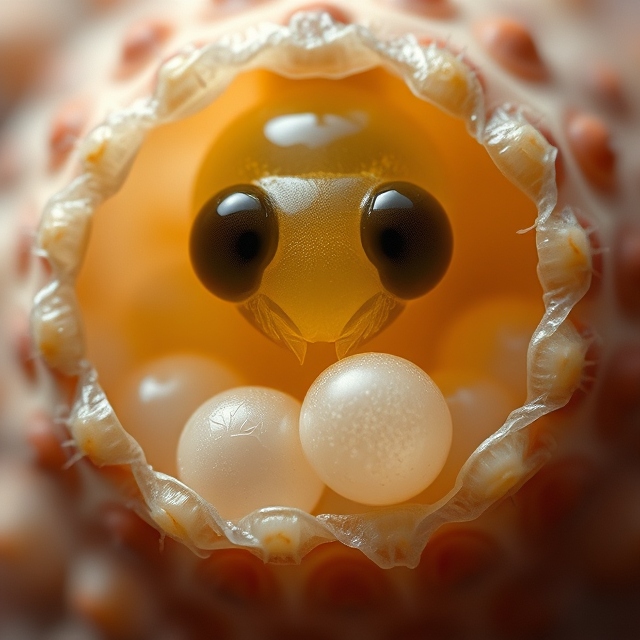 The eggs are hatching./Source: DeepAI
The eggs are hatching./Source: DeepAI
3. Larva Entry: The larvae can then penetrate the skin of a host animal, such as a dog, usually through existing wounds or abrasions, or they may burrow into the skin directly.
 The larvae can then penetrate the skin of a host animal./Source: DeepAI
The larvae can then penetrate the skin of a host animal./Source: DeepAI
4. Development: Once inside the host, the larvae continue to develop, creating a painful condition for the dog, where they can cause inflammation and infection.
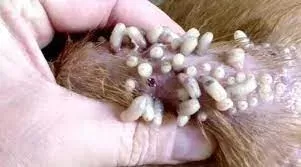 The larvae become to mango worms./Source: Google Search
The larvae become to mango worms./Source: Google Search
To reduce the risk of mango worm infestations, pet owners can take several precautions, including:
- Keeping dogs away from areas where mango flies are known to lay eggs.
- Maintaining good hygiene and health for pets, minimizing injuries that could serve as entry points for larvae.
- Regularly checking dogs for any signs of infestation, such as swelling, redness, or irritation in the skin.

If you suspect your dog has mango worms, you should consult a veterinarian for appropriate treatment.
